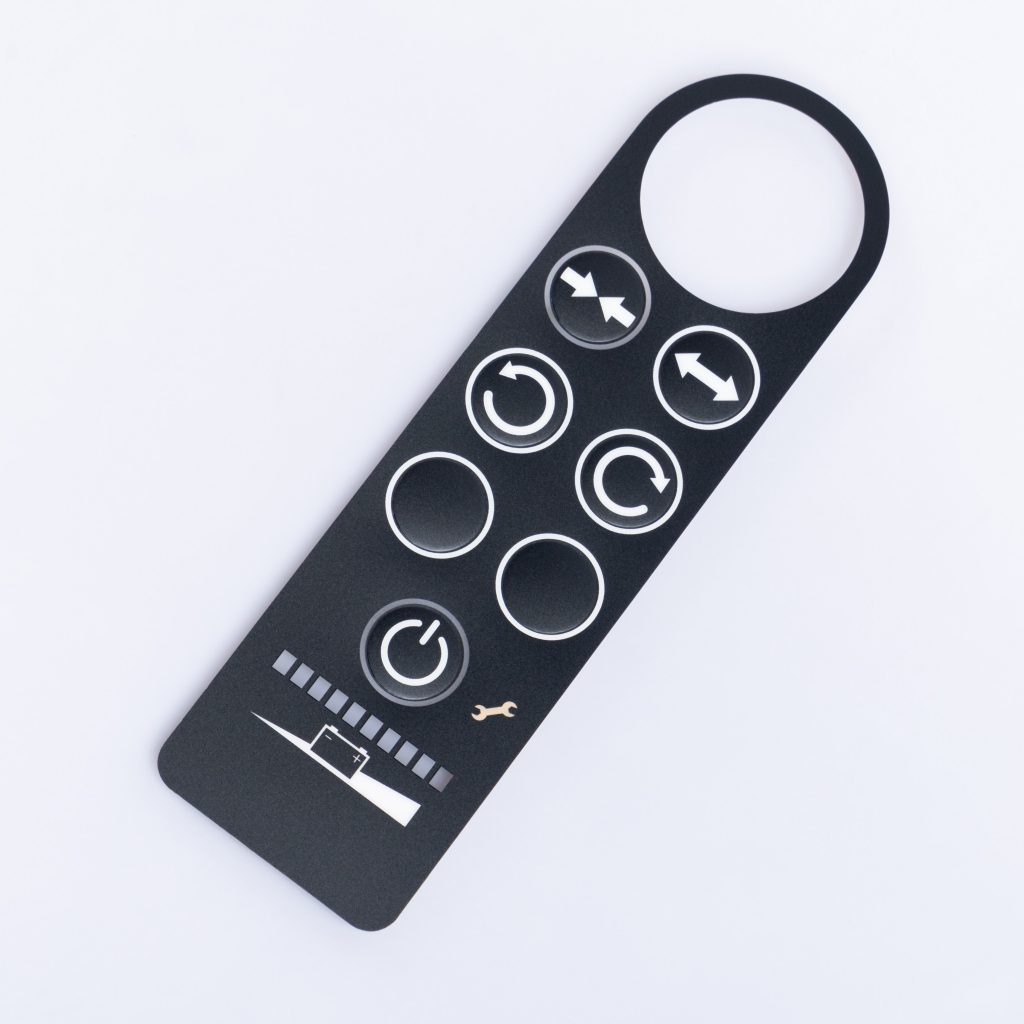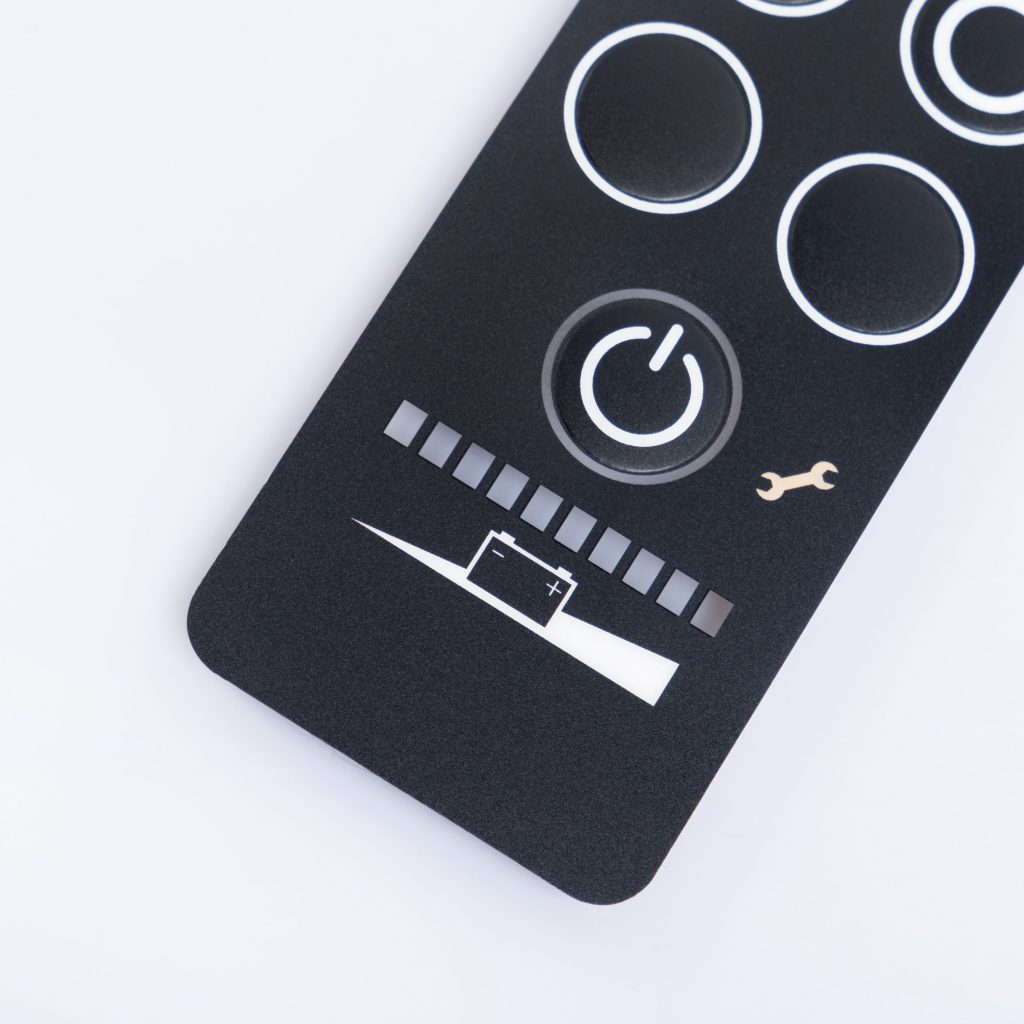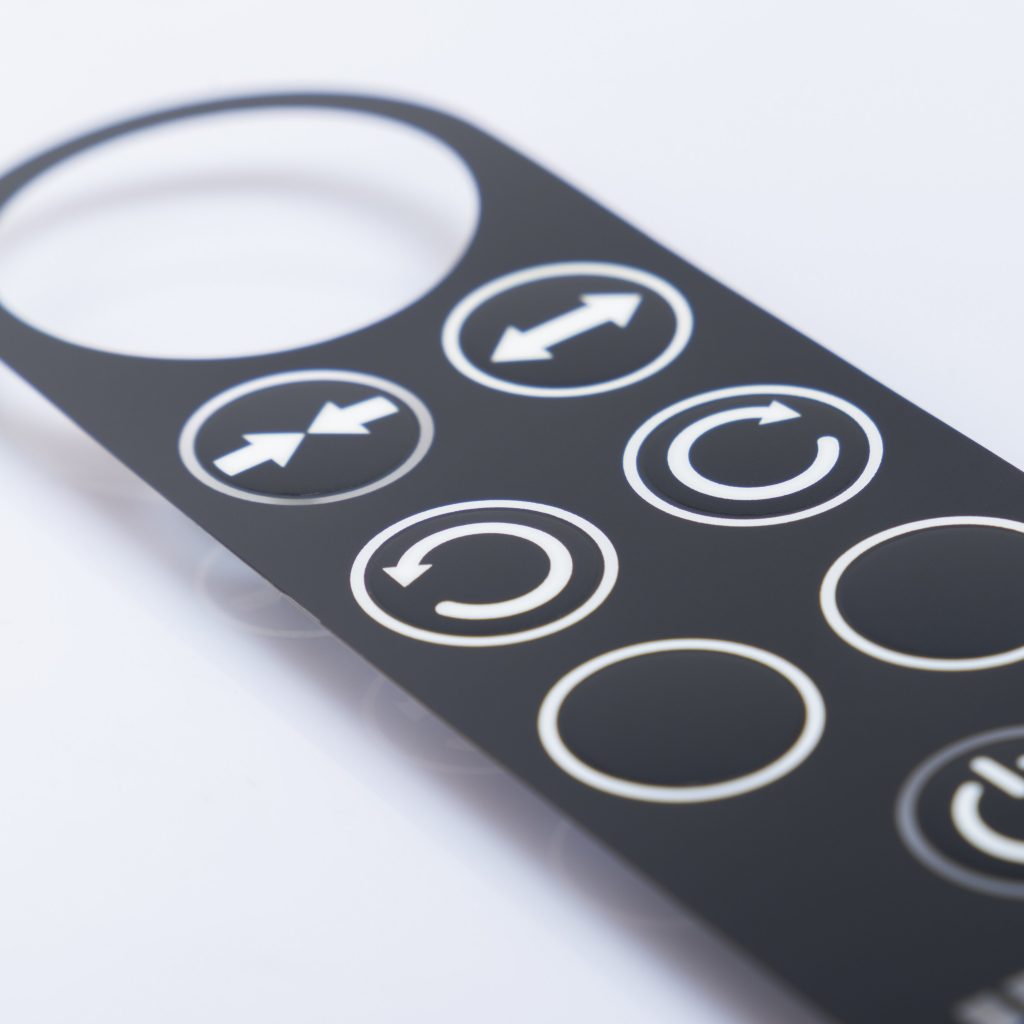Contact
Write to Us And We Would Be Happy to Advise You.
Do you have any questions, or would you like to speak directly with a representative?
By hqt
Unlocking the Secrets of Graphic Overlay Materials for Enhanced Designs
Graphic overlay materials play a vital role in the world of product design and user interface. They are the unsung heroes that provide durability, functionality, and aesthetic appeal to various devices, from medical equipment to industrial machinery. However, there’s much more to graphic overlay materials than meets the eye. In this article, we will explore the lesser-known aspects of these materials, uncovering their composition, manufacturing processes, and unique features that make them indispensable in the realm of user interface design.



Before delving into the intricacies of graphic overlay materials, let’s first establish a foundational understanding of their purpose and composition. Graphic overlay materials serve as the outer layer or faceplate of a device, acting as a protective shield for the underlying components while also providing essential information to the user.
Graphic overlay materials typically consist of multiple layers that work together harmoniously. The primary layers include:
Graphic overlay materials come in various forms, each catering to different design requirements and environmental conditions. Here are some commonly used materials in graphic overlays:
Polyester (PET)
Polyester, commonly known as PET, is a popular material for graphic overlays due to its excellent chemical resistance, durability, and versatility. Its ability to withstand harsh environmental conditions makes it an ideal choice for outdoor applications.
Polycarbonate (PC)
Polycarbonate is another widely used material in graphic overlays. It boasts exceptional impact resistance, making it suitable for devices exposed to high physical stress. Additionally, polycarbonate offers excellent optical clarity, ensuring optimal visibility of graphics.
Acrylic
Acrylic is a transparent material that is often used for its exceptional clarity and UV resistance. It provides a glossy finish to graphic overlays, enhancing their aesthetic appeal. Acrylic overlays are commonly found in applications where visual appeal is paramount.
The manufacturing process of graphic overlay materials involves several intricate steps to ensure precision, quality, and durability. Let’s take a closer look at the key manufacturing processes:
Printing
Printing is a critical step in the production of graphic overlays. Various printing techniques, such as screen printing and digital printing, are used to transfer the desired graphics onto the overlay layer. Screen printing, known for its durability, is often preferred for its ability to withstand harsh environments.
Die Cutting
Die cutting is the process of cutting the graphic overlay material into the desired shape and size. This step ensures a perfect fit for the device and its components. Advanced die-cutting techniques, including laser cutting, provide precise and intricate cuts, enabling complex designs.
Embossing and Forming
Embossing and forming techniques add a tactile and visually appealing element to graphic overlays. Embossing creates raised features, such as buttons or symbols, while forming involves shaping the overlay to fit curved or irregular surfaces.
While graphic overlay materials primarily serve as protective layers, they also offer several unique features that enhance user experience and product functionality. Let’s explore some of these features:
Backlighting Compatibility
Certain graphic overlay materials are designed to be backlighting compatible. They allow light to pass through the material, illuminating the graphics and symbols for enhanced visibility in low-light conditions. Backlighting is especially crucial for devices used in dimly lit environments, such as control panels.
Embossed Dome Switches
Graphic overlays can incorporate embossed dome switches, also known as tactile dome switches, to provide a tactile response to user input. These switches create a satisfying click or tactile feedback when pressed, improving the overall user experience.
Anti-Glare Properties
To ensure optimal readability, graphic overlays can be treated with anti-glare coatings. These coatings minimize the reflection of light, reducing glare and enhancing visibility, even in brightly lit environments.
Q: Can graphic overlay materials be customized to match specific design requirements?
A: Yes, graphic overlay materials can be customized to meet specific design requirements. From choosing the right material and printing technique to incorporating unique features, manufacturers can tailor graphic overlays to suit the desired application.
Q: Are graphic overlay materials resistant to harsh chemicals and cleaning agents?
A: Graphic overlay materials, such as polyester and polycarbonate, exhibit excellent resistance to a wide range of chemicals and cleaning agents. This resistance ensures the longevity and durability of graphic overlays, even in demanding environments.
Q: Can graphic overlays be used in outdoor applications?
A: Yes, graphic overlays can be engineered to withstand outdoor environments. Materials like polyester offer exceptional resistance to UV radiation, moisture, and temperature variations, making them suitable for outdoor applications.
Q: How long do graphic overlay materials typically last?
A: The lifespan of graphic overlay materials depends on various factors, including the material used, environmental conditions, and the level of wear and tear. However, with proper care and maintenance, graphic overlays can last for many years.
Q: Can graphic overlay materials be applied to curved or irregular surfaces?
A: Yes, graphic overlay materials can be formed and shaped to fit curved or irregular surfaces. Advanced forming techniques, such as pressure forming and thermoforming, allow for precise customization and a seamless fit.
Q: Can graphic overlay materials withstand extreme temperatures?
A: Certain graphic overlay materials, such as polyester and polycarbonate, exhibit excellent temperature resistance. They can withstand a wide temperature range, making them suitable for applications that experience extreme heat or cold.
Graphic overlay materials are the unsung heroes of user interface design, providing protection, functionality, and aesthetic appeal to various devices. Understanding the composition, manufacturing processes, and unique features of these materials can empower designers to create enhanced user experiences. Whether it’s through the customization options, durability, or compatibility with backlighting and tactile dome switches, graphic overlay materials continue to evolve and shape the future of user interface design.
Do you have any questions, or would you like to speak directly with a representative?